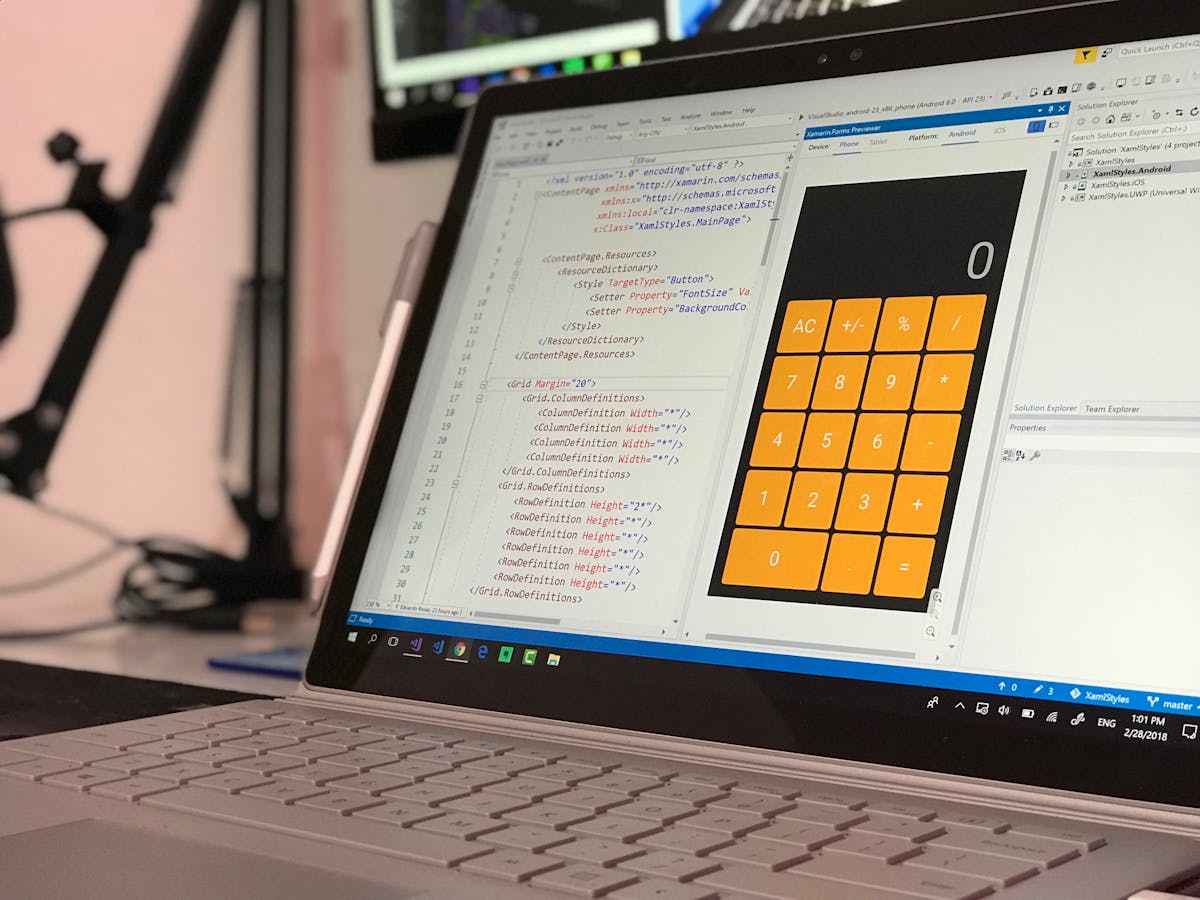niels denekamp aether: Accelerating Full-Stack Efficiency Through Code Automation
Wiki Article
The Relevance of Full-Stack Development in the Evolving Landscape of Software Program Engineering
In the quickly transforming field of software design, full-stack growth has actually gained significant value. Full-stack programmers have a distinct capacity to function on both front-end and back-end innovations. This convenience promotes much better team partnership and reaction to changing project demands (niels denekamp aether). As organizations adopt active techniques, the function of full-stack designers becomes a lot more crucial. Checking out the subtleties of this fad reveals deeper effects for the future of software program developmentThe Duty of Full-Stack Developers in Modern Teams
As organizations progressively take on nimble methods, full-stack developers have arised as vital possessions within modern-day groups. These functional specialists possess a thorough capability that extends both front-end and back-end growth, enabling them to add to various facets of a task. Their ability to navigate various shows languages and frameworks enables seamless cooperation throughout self-controls, cultivating an extra integrated technique to software development.Full-stack programmers boost group dynamics by bridging interaction spaces, minimizing dependence on specialized roles. This adaptability not just increases job timelines but also promotes advancement, as they can implement feedback in genuine time. In addition, their all natural understanding of the software application lifecycle promotes far better decision-making and analytic, ultimately bring about even more robust applications. As companies go for performance and responsiveness, the duty of full-stack programmers comes to be significantly critical in driving successful job end results and maintaining affordable advantages in the marketplace.Linking the Space Between Front-End and Back-End
Bridging the void between front-end and back-end advancement is basic for supplying natural and useful software program applications. This integration ensures that interface interact successfully with server-side reasoning, providing a seamless experience for end-users. Full-stack programmers, with their wide ability, play a substantial role in this procedure by recognizing both domains and their communications. They can resolve issues that arise throughout combination, such as data circulation inconsistencies and performance bottlenecks, which are usually neglected when groups run in silos. A unified strategy enables much more efficient debugging and testing, as full-stack programmers can evaluate the whole application holistically. As software program systems become increasingly complex, the capability to link this space ends up being a lot more important, promoting not only technological effectiveness yet likewise enhancing the total user experience. Companies that prioritize this assimilation are better placed to adjust to technological improvements and user needs.Enhancing Partnership and Interaction
Efficient partnership and interaction among staff member are crucial parts of successful full-stack growth. This approach cultivates a common understanding of project objectives, allowing programmers to flawlessly integrate front-end and back-end performances. By motivating open discussion, groups can immediately address obstacles and share understandings, which improves problem-solving capacities. Diverse ability sets within full-stack growth teams promote knowledge exchange, making it possible for participants to pick up from one an additional and enhance their specific competencies - niels denekamp aether.Moreover, normal check-ins and feedback loopholes strengthen connections amongst group members, cultivating a society of trust and liability. Making use of collaborative devices and systems can improve interaction, ensuring that all stakeholders stay educated about job progression and changes. As full-stack designers frequently manage numerous responsibilities, efficient interaction straightens and reduces misunderstandings synergy. Ultimately, prioritizing partnership and interaction not only improves performance yet also results in greater top quality software outcomes, crucial in today's hectic technical landscapeAdjusting to Agile Methodologies
While embracing Agile methodologies can initially position difficulties, full-stack growth teams frequently discover that this technique significantly boosts their workflow and versatility. Agile structures prioritize iterative progress and constant review, enabling groups to respond swiftly to transforming project demands. Full-stack programmers, geared up with a detailed capability, are especially appropriate to navigate these shifts, facilitating smooth cooperation in between front-end and back-end processes.Moreover, Agile stresses continuous combination and deployment, which straightens completely with the capacities of full-stack programmers. This synergy leads to faster delivery times and enhanced item top quality. Active practices, such as daily stand-ups and sprint testimonials, motivate transparency and accountability within groups, promoting a culture of open communication. Full-stack developers end up being important in advertising a proactive strategy to analytical, guaranteeing that projects continue to be aligned with client expectations and market needs. Inevitably, adjusting to Agile approaches encourages full-stack groups to thrive in a dynamic software program advancement landscape.Future Fads in Full-Stack Development

Regularly Asked Concerns
What Programming Languages Should Aspiring Full-Stack Developers Learn First?
Aspiring full-stack developers must begin by discovering HTML, CSS, and JavaScript for front-end advancement. Subsequently, they can explore back-end languages like Node.js, Python, or Ruby, together with database administration systems such as SQL or MongoDB.Just How Do Full-Stack Designers Remain Upgraded With Evolving Technologies?

What Are Typical Obstacles Dealt With by Full-Stack Developers?
Common challenges encountered by full-stack designers include handling varied modern technologies, balancing back-end and front-end tasks, remaining existing with quick developments, fixing page complicated concerns, and making certain smooth assimilation across different platforms to supply natural individual experiences. (aether group dubai)Just How Do Full-Stack Designers Manage Time In Between Front-End and Back-End Tasks?
Full-stack developers frequently prioritize jobs by assessing job requirements, making use of nimble approaches, and segmenting their infiltrate manageable chunks. They stabilize back-end and front-end responsibilities via cautious preparation and time monitoring strategies to enhance efficiency.Is a Level Necessary to Come To Be a Successful Full-Stack Developer?
The need of a level for becoming an effective full-stack designer continues to be disputed. Several specialists highlight skills and experience over official he said education and learning, suggesting that functional expertise and job profiles can be similarly, otherwise more, valuable. As organizations progressively take on active approaches, full-stack developers have arised as important properties within modern teams. As full-stack designers usually handle multiple obligations, efficient communication straightens and lessens misunderstandings group initiatives. Full-stack designers, geared up with a comprehensive skill collection, are specifically fit to browse these changes, helping with smooth cooperation between front-end and back-end processes.Moreover, Agile stresses continual combination and release, which straightens perfectly with the capacities of full-stack developers. Full-stack designers will progressively use AI-driven tools for code generation and insect discovery, allowing for faster release cycles.Moreover, the surge of no-code and low-code systems will democratize growth, enabling non-technical stakeholders to contribute efficiently. Aspiring full-stack programmers need to start by finding out HTML, CSS, and JavaScript for front-end growth.Report this wiki page